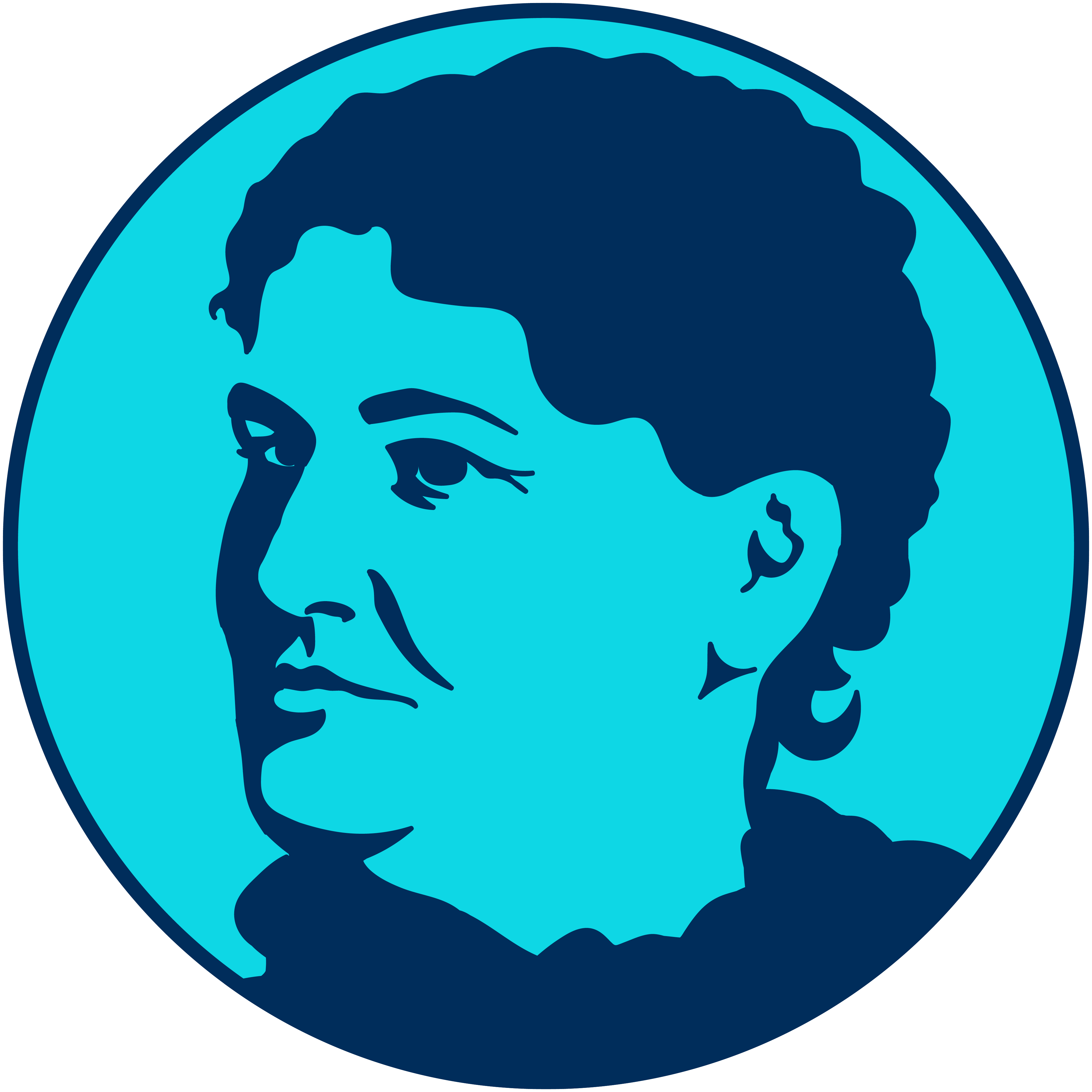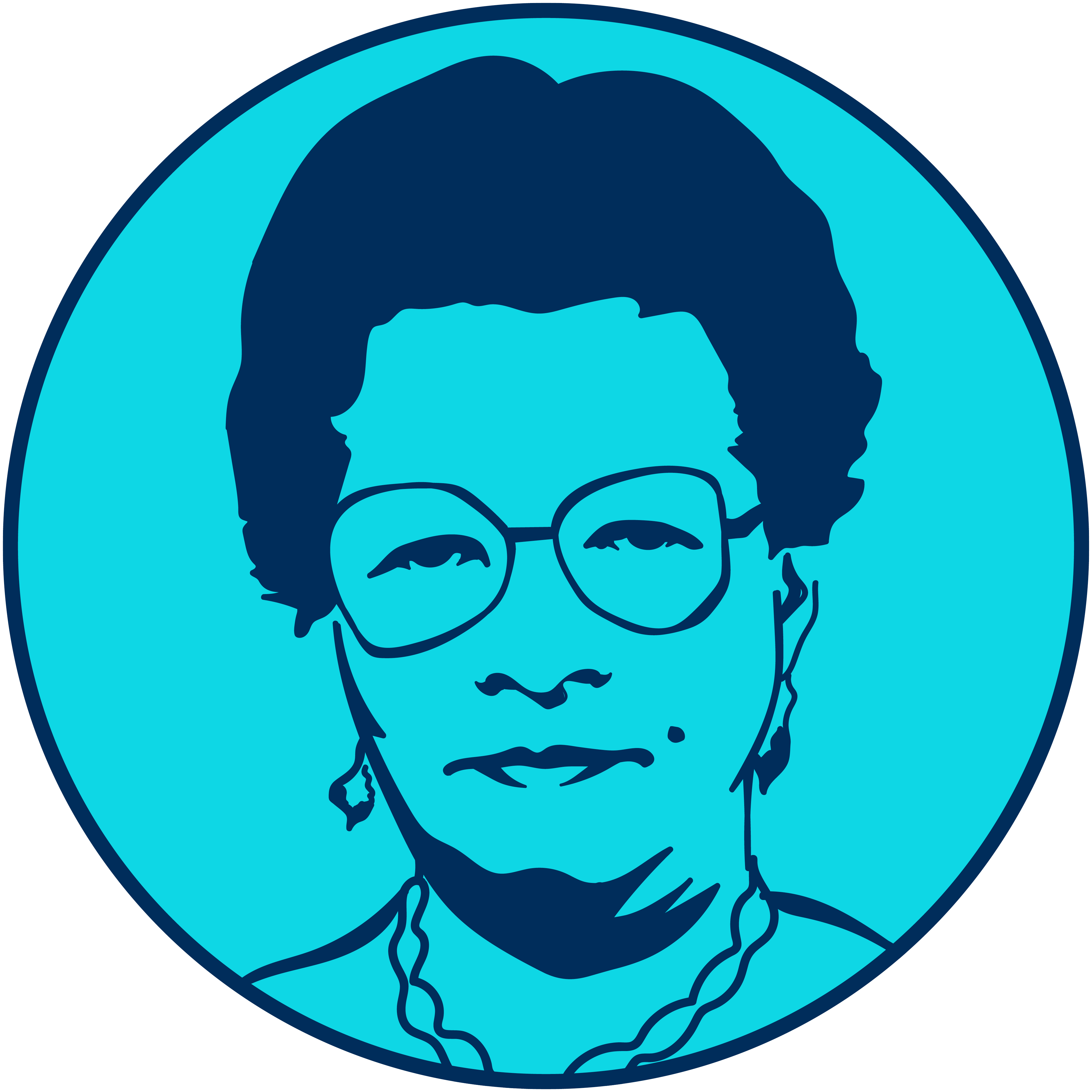Women's History Month
March




Women’s History Month and International Women’s Day commemorate not only those who have gone before us to shatter glass ceilings, but also the women who are working towards diversity, equity and inclusion in our present moment.
Throughout the month of March, we will share stories of team members, patients and community members who are working to eliminate bias and discrimination from our workplace and our world. Because a more diverse, equitable and inclusive society means a better existence for all of us.

Bertha Van Hoosen, MD
1863 – 1952
Advocate for Women’s Health
Bertha Van Hoosen was an American surgeon devoted to women’s health and the advancement of women in medicine.
Born in Stony Creek, Michigan, she earned her medical degree at the University of Michigan. After graduating in 1888, she became a trailblazer for women in medicine, opening her first clinic in Chicago in 1892, becoming the first woman to receive a civil service appointment at a hospital in 1913, and the first women to head a medical division at a co-ed university (Loyola University) in 1918.
A critic of discrimination against women in medicine, Van Hoosen co-founded the American Medical Women’s Association in 1915. Her experiences are detailed in her autobiography, Petticoat Surgeon. She retired from private practice at age 88 in 1951.
Learn more about Bertha Van Hoosen, MD

Charlotte “Lottie” Wilson
1854 – 1914
Renowned Artist and Suffragist
Charlotte “Lottie” Wilson was a suffragist and celebrated artist. She was the first African American to graduate from the School of the Art Institute of Chicago, and she later opened an art studio in Bay City, Michigan. President Theodore Roosevelt added her painting, “President Lincoln with a Former Slave,” to the White House permanent art collection as the first piece by an African American artist.
Wilson campaigned for women’s rights and desegregation throughout the late 1800s, and she helped establish the Phillis Wheatley Home in Detroit, a chapter of the National African American Women’s Club. She was inducted into the Michigan Women's Hall of Fame in 2016.
Learn more about Charlotte “Lottie” Wilson

Clarissa Young
1922 – 1979
Trailblazer for Community Policing
Born in Shepherd, Michigan, Clarissa Young joined the Lansing Police Department in 1946 as its first female police officer. She was its first woman detective, sergeant and detective lieutenant. In 1962, she became the first woman in Michigan to achieve the rank of captain.
Young gained national recognition for her work advocating for children. But perhaps her greatest achievement was as a trailblazer in bringing together police, schools and social services agencies to collaborate on social issues confronting families.
Young co-founded the Women Police of Michigan and was inducted into the Michigan Women’s Hall of Fame in 2000.
Learn more Clarissa Young

Cora Reynolds Anderson
1882 – 1950
An Unlikely Politician
Cora Reynolds Anderson was born in L’Anse, Michigan, and was of English, French and Chippewa Indian descent. In 1924, she became the first woman and Native American elected to the Michigan House of Representatives as a member of the Republican Party. She served in the House from 1925 to 1926, fighting for the rights of Indigenous people throughout the country.
In 1925, she was appointed vice president of the Republican Women’s Federation of Michigan and served as a delegate at the Great Lakes-St. Lawrence Tidewater Congress. After leaving public service in 1926, she taught school until retiring. She was inducted into the Michigan Women’s Hall of Fame in 2001.
Learn more about Cora Reynolds Anderson

Frances Rutherford, MD
1842 – 1922
Pioneering Woman Physician
Frances Rutherford received a medical degree from the Woman’s Medical College of Pennsylvania in 1868 and was among the first class of female physicians to study operative surgery at the New York Infirmary for Women and Children.
She moved to Grand Rapids, Michigan, and opened her own practice. As the first woman doctor with a degree from a recognized medical college, she was appointed city physician in 1870 and provided medical services to indigent residents.
She later joined the staff of the Union Benevolent Association Hospital and, in 1872, became one of the first female physicians admitted into the Michigan State Medical Society.
Learn more about Frances Rutherford, MD
_Frostic.png)
Sara Gwendolen (Gwen) Frostic
1906 – 2001
Artist and Naturalist
Gwen Frostic suffered a childhood illness that left her with a limp and weak hands. Despite these challenges, she demonstrated an early talent for art.
She studied art education at Eastern Michigan and Western Michigan universities before opening a studio producing metal artworks. As metal became scarce during World War II, she explored alternative techniques using linoleum blocks.
In 1960, Frostic built a print shop on 40 acres in Northern Michigan. There, her artwork depicted the nature surrounding her shop. She was inducted into the Michigan Women’s Hall of Fame in 1986. Gwen Frostic Day is observed in Michigan on May 23.
Learn more about Sara Gwendolen (Gwen) Frostic

Harriet Woods Hill
1922 – 2006
Trailblazer for Black Women in Law Enforcement
Harriet Woods Hill spent 26 years as an officer in the Grand Rapids Police Department. She was hired as a clerk typist in 1951. Four years later, she became its first African American female police officer. She worked in the Juvenile Division, and later she trained new recruits on the challenges faced by children. In 1977, she became the first woman detective in the department’s 106-year history. Hill retired in 1981.
A mural of Woods in downtown Grand Rapids celebrates her trailblazing role. Painted by a local artist, the work is part of the Women’s Way Alley Activation Initiative to honor women leaders.
Learn more about Harriet Woods Hill

Helen Milliken
1922 – 2012
Women’s Rights Activist, Environmentalist and Former First Lady of Michigan
Helen Milliken was Michigan’s longest-serving first lady. During the 14-year tenure of her husband, former Michigan Governor William Milliken, and into her 80s, she was a vigorous advocate for the Equal Rights Amendment, environmental protection and the arts.
She served as national co-chair of ERAmerica and traveled the country speaking on behalf of the ERA. She also devoted her time and support to raise funds for this cause. As an environmentalist, she campaigned for restrictions on billboard advertising, throwaway bottles and oil drilling in state forests. Passionate about art, she helped establish Artrain, a program delivering art outreach nationwide.
Learn more Helen Milliken
Eastern Michigan University | Helen Milliken, Address to Eastern Michigan University, Friends of the Library, 1974
Michigan Women Forward | Helen W. Milliken
MLive.com | Helen Milliken, former Michigan first lady, dies at 89

Marjorie Peebles-Meyers, MD
1915 – 2001
Gifted Trailblazer
Marjorie Peebles was born in Harlem, New York, and attended a prestigious all-girls school for the academically gifted. She graduated from Hunter College in 1937 with degrees in physics and chemistry.
She attended medical school at Howard University before transferring to Wayne State University School of Medicine, where she became the first African American woman to graduate from the medical school.
Peebles-Meyers was the first African American woman accepted into the internship and residency program at Detroit Receiving Hospital, and the first appointed as chief resident at the hospital. In 1947, she co-founded Detroit’s first interracial medical practice.
Learn more about Marjorie Peebles-Meyers, MD

Ruth Charlotte Ellis
1899 – 2000
Gay Rights Activist and Mentor to LGBTQIA Youth
Ruth Ellis came out as gay in 1915, a daring move during the early 20th century. Born in Illinois, she moved with her partner to Detroit in 1937, later opening Michigan’s first woman-owned printing business.
For 20-plus years, her home served as a refuge for African American LGBTQIA youth. Ellis was also active in the lesbian feminist movement. Her contributions were recognized in the movie, “Living With Pride: Ruth Ellis @ 100.”
In 2000, the Ruth Ellis Center opened in Detroit as one of only four agencies in the U.S. dedicated to homeless LGBTQIA youth and young adults.

